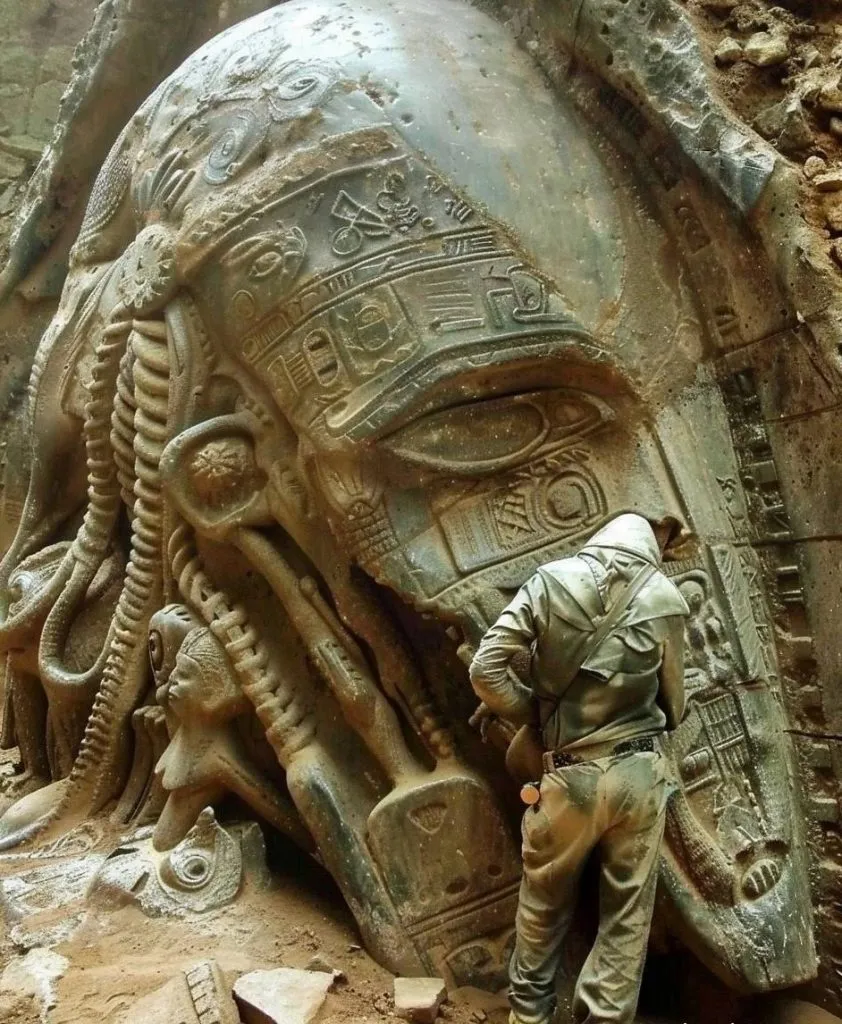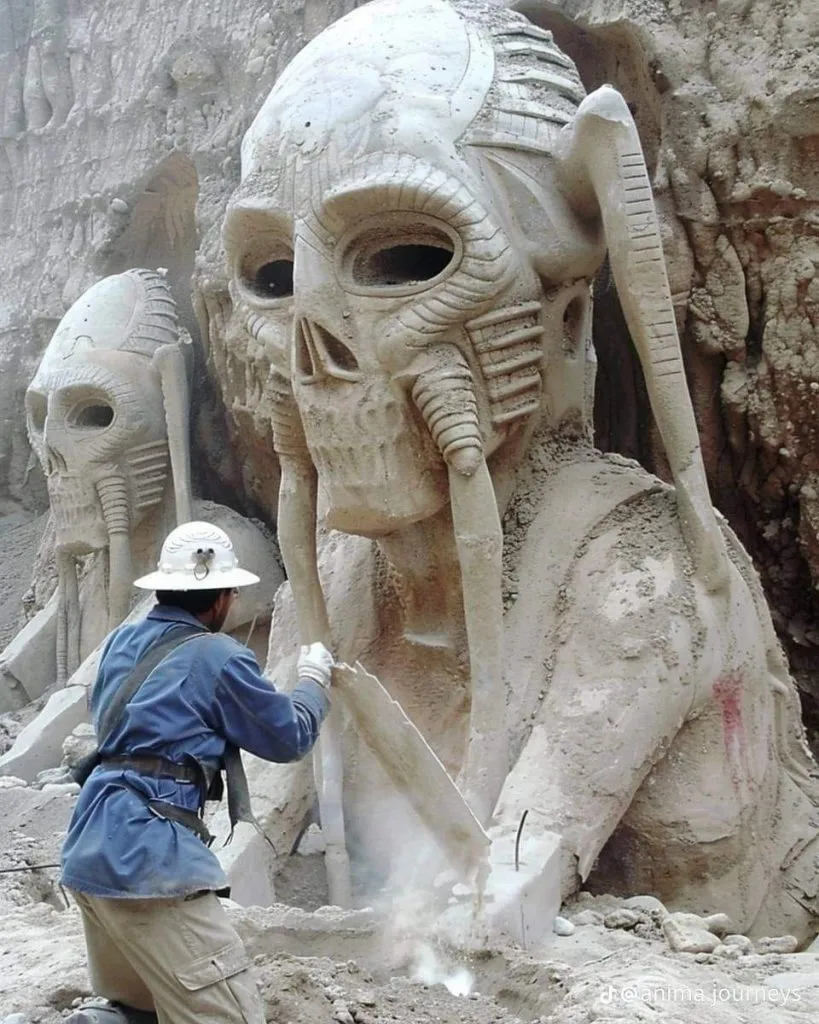Mayan Collapse Secrets: Apocalypse Unveiled
 One of the most puzzling aspects of the Maya civilization is its sudden decline during the 9th century. Known as the “Maya Collapse,” this event saw the disappearance of major cities, the cessation of monumental construction, and the fragmentation of its political and social structures. Although several theories have been proposed—ranging from environmental changes, wars, and droughts to overpopulation and resource depletion—there is still no consensus among scholars. The Maya collapse remains one of the greatest unsolved mysteries in archaeology, and each new discovery only increases the complexity of the enigma.In recent years, advances in technology have revolutionized the study of Maya civilization. The use of LiDAR (Light Detection and Radar) technology has allowed researchers to see beyond the deep darkness, revealing previously hidden structures and vast cityscapes. These discoveries have challenged previous assumptions about the size and scale of Maya cities, suggesting that their population was much larger and their cities more complex than previously thought. The discovery of interconnected road systems, extensive agricultural terraces, and water management infrastructure has provided new insights into how the Maya supported large populations and organized their society.
One of the most puzzling aspects of the Maya civilization is its sudden decline during the 9th century. Known as the “Maya Collapse,” this event saw the disappearance of major cities, the cessation of monumental construction, and the fragmentation of its political and social structures. Although several theories have been proposed—ranging from environmental changes, wars, and droughts to overpopulation and resource depletion—there is still no consensus among scholars. The Maya collapse remains one of the greatest unsolved mysteries in archaeology, and each new discovery only increases the complexity of the enigma.In recent years, advances in technology have revolutionized the study of Maya civilization. The use of LiDAR (Light Detection and Radar) technology has allowed researchers to see beyond the deep darkness, revealing previously hidden structures and vast cityscapes. These discoveries have challenged previous assumptions about the size and scale of Maya cities, suggesting that their population was much larger and their cities more complex than previously thought. The discovery of interconnected road systems, extensive agricultural terraces, and water management infrastructure has provided new insights into how the Maya supported large populations and organized their society.

Despite these advances, many questions about the Maya remain unanswered. One of the most intriguing mysteries is the purpose and meaning of their elaborate ceremonial practices, which often involved human sacrifice. The Maya believed that their gods required blood offerings to maintain the balance of the universe, and this belief was reflected in their rituals. However, the exact nature of these ceremonies, their symbolic meaning, and their impact on Maya society are often the subject of much debate among scholars.
The Mayan writing system, composed of hieroglyphs, is another area of study for Orthodoxy. While significant progress has been made in deciphering Mayan writing, much of their literature and history is still locked away in readable texts. The surviving codices, which contain valuable information about Mayan astronomy, religion, and history, are only a fraction of what once existed. The destruction of countless Mayan texts by Spanish conquistadors and missionaries during the 16th century means that much of the written knowledge of the Mayans has been lost forever, leaving gaps in our understanding of their culture.

The Maya’s knowledge of astronomy and time is also a topic that both fascinates and puzzles researchers. The Maya created highly accurate calendars, including the famous Log Cout calendar, which tracks the passage of time over thousands of years. Their ability to predict solar eclipses, track the movements of the planets, and align their architecture with celestial events is a testament to their advanced knowledge. However, the full extent of their astronomical practices and how they integrated this knowledge into their daily lives and religious beliefs remains unknown.
As archaeologists begin to uncover new sites and artifacts, the picture of Maya civilization is becoming clearer and more complex. The recent discovery of large-scale murals, intricate pottery, and jade artifacts in previously unexplored regions has revealed a wealth of cultural expression that had been overlooked. These findings suggest that Maya civilization was even more diverse and dynamic than previously thought, with regional variations in art, architecture, and religious practices.

Exploring the Mayan civilization is a journey through time that captivates and challenges experts. Each new discovery adds another layer to the story of this remarkable culture, but also reveals the complexities and contradictions that make the Maya one of history’s most epic mysteries. As we delve deeper into the past, we are reminded that the ancient Maya were a people of extraordinary intellect and creativity, whose achievements inspire curiosity and wonder.
In ancient times, the appeal of the Mayan civilization lay not only in what we know, but also in what we have not yet discovered. The mysteries of the Maya are a testament to the relentless search for knowledge and understanding, a journey that, like the Maya themselves, spans the ages and continues to evolve with each new discovery.

The Maya, a brilliant civilization, left behind magnificent ruins and intricate hieroglyphs, yet their story remains shrouded in mystery. From their sudden collapse to the meaning of their rituals, the Maya continue to fascinate and puzzle. What secrets will future discoveries reveal?






